CAPE CANAVERAL, Fla. – A SpaceX Falcon 9 rocket successfully launched two communications satellites at 10:29 a.m. EDT Wednesday, but failed to land the rocket's first stage booster on a barge in the Atlantic Ocean.
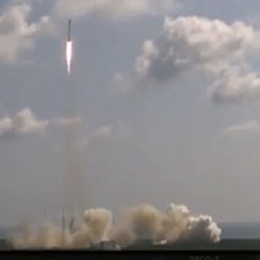

CAPE CANAVERAL, Fla. – A SpaceX Falcon 9 rocket successfully launched two communications satellites at 10:29 a.m. EDT Wednesday, but failed to land the rocket's first stage booster on a barge in the Atlantic Ocean.
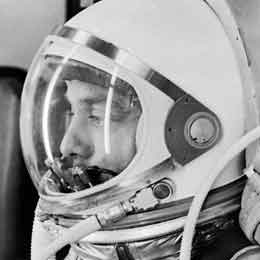
One of my early grade school heroes, Alan B. Sheppard, had the right stuff decades ago. Shepard left the bonds of earth on May 5, 1961, 55 years ago.
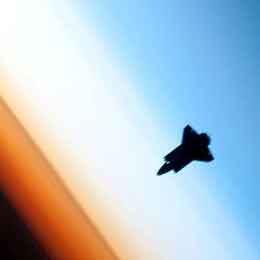
I reported about a rocket launch for the first time on Nov. 22, 1989 from an unlikely spot, the rooftop of a tall building in downtown Raleigh, N.C.
NASA has no launch facilities in North Carolina
It was a break from editing and writing at United Press International's Raleigh bureau. I headed up several flights of steps. It was cold and raining on the roof.
The explanation and mission was simple.
Kennedy Space Center was set to launch a secret mission. Launch officials were tight-lipped.
The exact launch time, widely known and reported prior to liftoff, was officially kept secret until nine minutes before takeoff when countdown clocks at the Kennedy Space Center press site suddenly came to life after a final built-in hold.
Bill Harwood, bureau chief at UPI's Cape Canaveral, asked colleagues in the southeast to watch for the launch. I enlisted an air traffic controller in the tower at Raleigh-Durham International Airport and a couple of state troopers. All three were space buffs and witnesses of previous night launches.
A 14-story solid fuel rocket blazes through the heavens like a comet. Night space shuttle launches were often visible from North Carolina to Key West and Cuba.
Rain on the east coast blocked Discovery from view in North Carolina, South Carolina and Georgia, but viewers along Florida's coast as far south as Key West had a good view.
The long contrail of the rocket, visible in Miami, was orange and slowly turned red as it disappeared from after about seven minutes.
I didn't see a thing, but was hooked on manned space flight for the next 27 years. My three willing volunteers saw nothing. Addictions die hard.
Since then I've watched dozens of launches, some as close as a mile away near the KSC press center.
Once as senior news producer at Central Florida News 13 I rushed to edit a launch video from NASA's live feed for breaking news on the station's web site. It was like the days at UPI. Get it first but get it right is UPI's motto.
The addiction actually started earlier in life. Like most addicts I didn't want admit it. At Logan Grade School in Logan, W.Va. My friends followed the astronauts just as closely as the Cincinnati Reds.
Astronaut Alan B. Sheppard and X-15 pilot Scott Crossfield were my heroes. In backwards and remote southern West Virginia we were closer to NASA's space program than we knew.
One County east was the home of Homer Hickam who later was NASA's chief rocket scientist. One county to the west is the hometown of the legendary Chuck Yeager, the pilot who flew faster than the speed of sound.
The volunteers were adventurers and heroes, but not daredevils. Sure, they harbored the truth there was the possibility any of them could die in a fireball.
Today, NASA struggles with consensus and Congress.
“There is a consensus that there needs to be a consensus, but no consensus on what the consensus should be,” said space analyst Marcia Smith.
The government sucked the life out of the U.S. space program when President Obama shut down the shuttle program. He rescued Orion but government funding crippled it. The most valuable asset, scientists, engineers and technicians, lost their jobs. Many moved away.
Congress is useless. One party undermines and stymies the other. They use issues unrelated to their parties. The partisan warfare blocks the real needs of citizens.
Obstruction does not create leadership.
Don't expect any of the 2016 presidential candidates to change anything. Their websites are long on fluff and short on facts.
Don't expect anything different from candidates for congress. Their only interest is preserving enough of NASA to maintain jobs in their respective home states without giving the other party ammo to defeat them.
None of it has diminished my interest and now I get the best of both worlds.
Every couple of weeks I watch from the cabin of a LearJet 35 to see commercial launches at an altitude of 5,000 feet about five miles away from the launch pad on weather recon flights.
Millions of people have seen rocket, space shuttle land satellite launches. Earlier this year I witnessed SpaceX make history when the company landed a rocket at Patrick Air Force Base.
A couple of dozen people have seen launches from the jump seat of a Lear. I hope it stays that way.
Read more about the struggles of the U.S. space program:
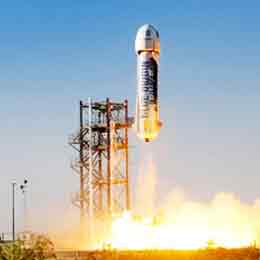
CAPE CANAVERAL, Fla. -- Blue Origin, the secretive space company owned by Amazon founder Jeff Bezos, will take over an historic launch pad and open a manufacturing site nearby, bringing another high-profile tenant to the Florida Space Coast.
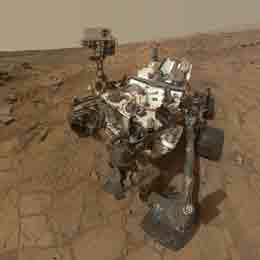
PASADENA, Calif. — Curiosity, NASA's Mars rover is slowly headed to Mt. Sharp while scientists back on this planet celebrate its first year of exploration.
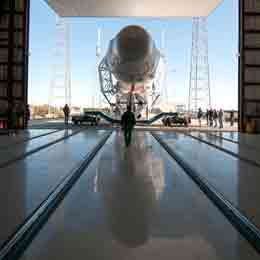
CAPE CANAVERAL, Fla. - A Space X rocket failed to light-up the pre-dawn sky at Kennedy Space Center.
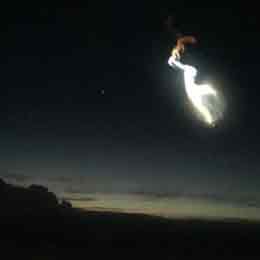
CAPE CANAVERAL, Fla. - An Atlas V rocket flashed through the predawn sky as it blasted off from Cape Canaveral Air Force Station at 6:28 a.m. Friday. It carried a a Mexican government communications satellite toward orbit on United Launch Alliance’s 100th mission.
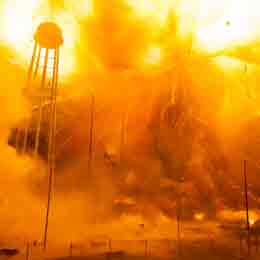
ATLANTIC, Va. -- The explosion Tuesday of a NASA contractor's unmanned rocket headed to the International Space Station is a setback but not a game changer.
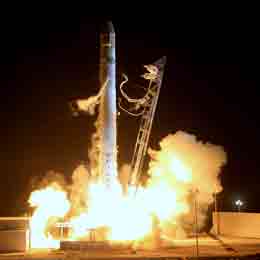
CAPE CANAVERAL, Fla. — The SpaceX Falcon 9 rocket thundered into space delivering a cargo capsule into orbit on Tuesday.
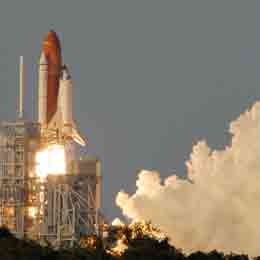
The ghosts of flights to the moon lurked unnoticed behind the scenes of the last flight of space shuttle Atlantis.